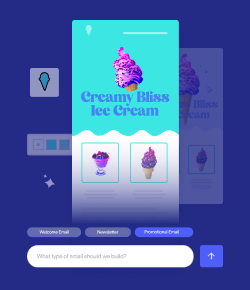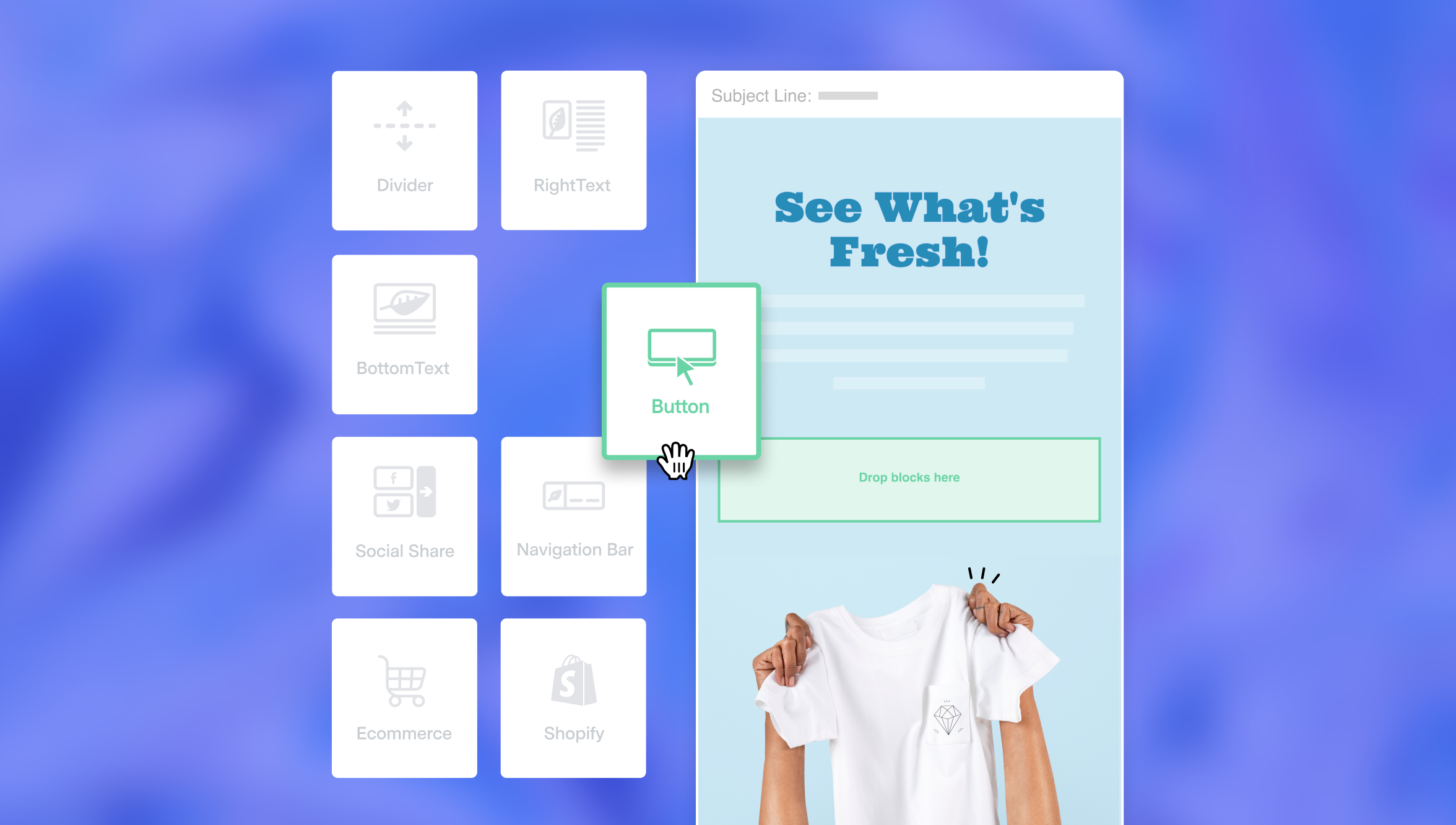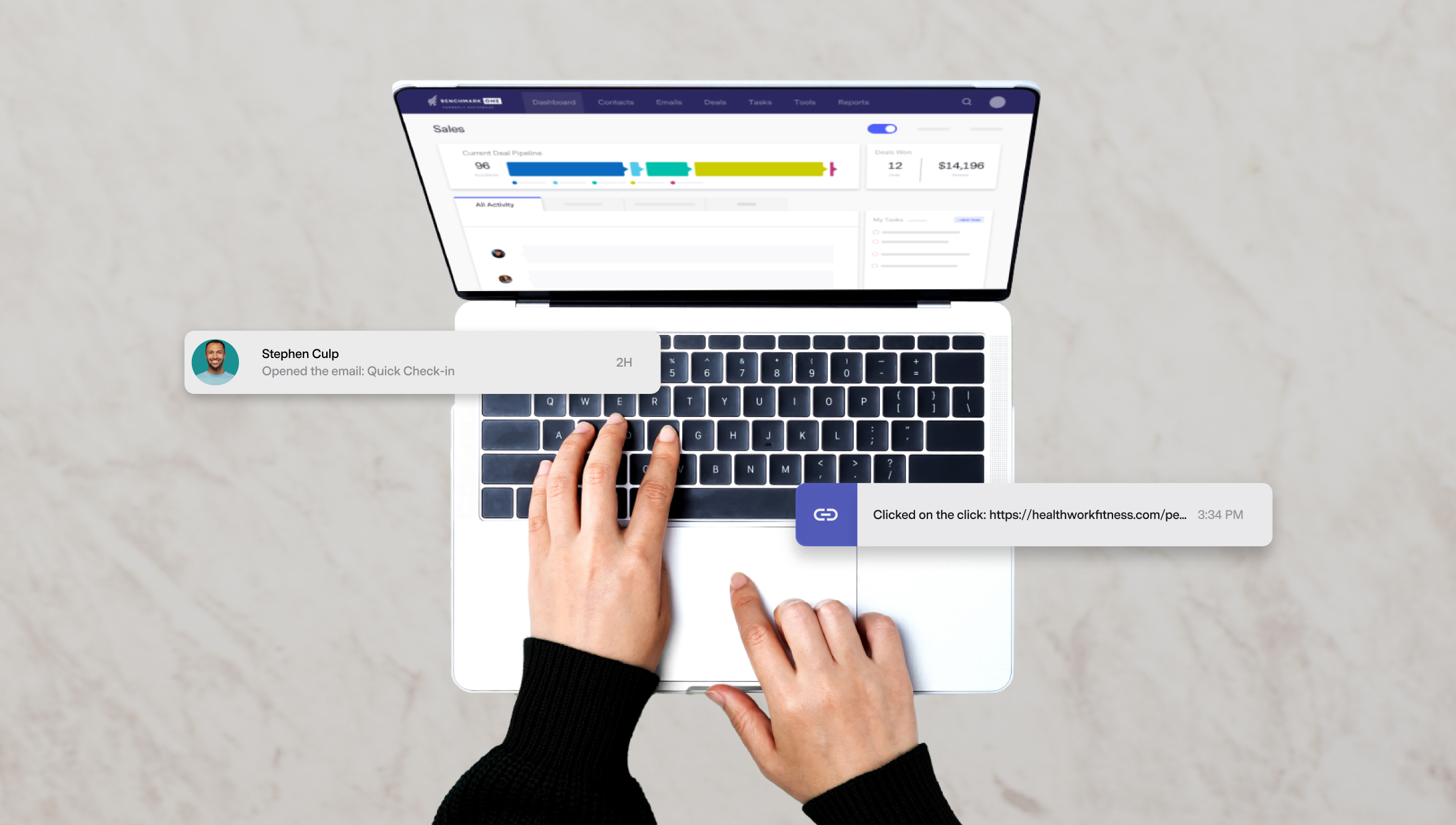
Email marketing is a compelling marketing strategy because it offers a direct channel to connect with customers, nurture leads, and drive conversions. However, despite its effectiveness, it isn’t perfect. Email marketing faces a myriad of challenges that threaten its efficacy. From inbox overload to compliance issues, the landscape is riddled with obstacles that marketers must navigate adeptly.
Let’s delve into the five issues plaguing email marketing and explore strategies for overcoming them.
Issue 1: Inbox Overload and Email Fatigue
The modern inbox is a battleground, inundated with a deluge of promotional emails vying for attention. As a result, subscribers suffer from email fatigue, leading to disengagement and reduced open rates.
To combat this challenge, marketers must prioritize quality over quantity. Crafting compelling subject lines, segmenting email lists, and sending personalized content can help cut through the noise and resonate with recipients.
Some other tactics that can help marketers overcome email fatigue include:
- Optimized Frequency: Monitor engagement metrics to determine the optimal frequency of your emails. Sending too many emails too frequently can lead to fatigue, so finding the right balance is crucial.
- Preference Centers: Allow subscribers to choose their email preferences, including frequency and content preferences. This empowers them to control their inbox experience, reducing the likelihood of fatigue.
- Interactive Content: Incorporate interactive elements like, quizzes or surveys to engage subscribers and break the monotony of traditional email content.
Issue 2: Deliverability Challenges and Spam Filters
Ensuring emails reach the intended recipients’ inboxes is a perennial struggle for marketers. With stringent spam filters and evolving deliverability algorithms, even legitimate emails can get caught in the crossfire.
To enhance deliverability, maintaining a clean email list, adhering to best practices, and regularly monitoring email performance are essential. Additionally, engaging subscribers with relevant, valuable content can improve sender reputation and mitigate the risk of being flagged as spam.
Some more suggestions include:
- Authenticate your domain: Implement authentication protocols such as SPF, DKIM, and DMARC to verify that your emails are legitimate.
- Avoid spammy tactics: Refrain from using spammy tactics, like misleading subject lines and excessive capital letters or exclamation marks. These tactics can trigger spam filters and harm deliverability.
- Monitor blacklists: Regularly check if your domain or IP address is listed on any email blacklists. If you find that you’re listed, take immediate action to resolve the underlying issue.
Issue 3: Declining Open and Click-Through Rates
As consumer behavior evolves, so do their expectations regarding email content. Marketers grapple with declining open and click-through rates as audiences become more discerning. To counteract this trend, it’s crucial to optimize email content for mobile devices, personalize messaging based on user preferences, and leverage A/B testing to refine campaign strategies continuously. By delivering targeted, engaging content, marketers can build substantial connections with their audience and drive higher engagement metrics.

Build custom-branded emails effortlessly.
LEARN MOREIssue 4: Compliance and Regulatory Concerns
We’re currently experiencing an era marked by heightened data privacy regulations; compliance is paramount for email marketers. Failure to adhere to regulations can result in hefty fines and damage to brand reputation. To mitigate compliance risks, marketers must obtain explicit consent from subscribers, provide clear opt-out mechanisms, and ensure transparency in data handling practices. Investing in robust email compliance tools and staying abreast of regulatory updates is essential to successfully move through the complex landscape of data protection laws.
Issue 5: Lack of Personalization and Relevance
Generic, one-size-fits-all email campaigns are no longer sufficient to engage today’s consumers. Audiences crave personalized experiences tailored to their interests and preferences. Marketers must leverage data analytics and automation tools to deliver highly targeted content that resonates with individual subscribers. By segmenting email lists based on demographics, behavior, and purchase history, marketers can deliver relevant messages that drive conversions and foster brand loyalty.

Emphasizing the Benefits
Despite the challenges, email marketing remains a potent tool for businesses.. Its cost-effectiveness, measurability, and scalability make it an indispensable component of any comprehensive marketing strategy. By overcoming the hurdles outlined above, marketers can unlock email marketing’s full potential and drive meaningful results for their organizations.
While email marketing faces numerous challenges in today’s digital landscape, strategic approaches and proactive measures can help marketers overcome these obstacles and harness their full potential.







